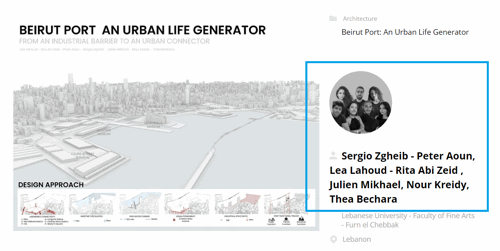PATHU THOON LANE REDESIGN- INTERWOVEN HERITAGE

Project idea
The Interwoven Heritage project is a visionary initiative aimed at revitalizing the Pathu Thoon heritage site, located on the 10 Pillars Street in Madurai, Tamil Nadu. This historic site, though significant, has suffered damage due to the encroachment of textile shops and residential structures. The project seeks to address this challenge by creating a harmonious blend of preservation, adaptation, and innovation, ensuring the site remains resilient while respecting its historical and cultural significance. The core idea of this project is to interweave the site's heritage with its surrounding context—drawing inspiration from the Meenakshi Amman Temple, the Thirumalai Nayakkar Palace, and the local textile industry—to create a cohesive and immersive experience that connects the past with the present. By integrating these elements, the project aims to transform the site into a living heritage that is both resilient and relevant, offering a multisensory experience that engages visitors visually, emotionally, and intellectually.
The primary goal of the project is to enhance, respect, and connect the site with its cultural heritage, fostering a deeper connection between visitors and the site's history. This will be achieved through the incorporation of artisan elements that highlight the craftsmanship of local weavers, as well as the creation of functional spaces such as a central plaza, an interpretive center, and marketplaces that serve as hubs for education, commerce, and community gatherings. The design emphasizes openness and permeability, with multiple viewpoints and porous facades that allow visitors to experience the site from various dimensions. Ultimately, the Interwoven Heritage project aspires to create a dynamic and adaptive space that honors the past, serves the present, and inspires future generations, ensuring the Pathu Thoon site remains a vibrant cultural landmark for years to come.
Project description
The scope of this project focuses on revitalizing the Pathu Thoon heritage site in Madurai, Tamil Nadu, by integrating it with its surrounding cultural and historical context. The main area of intervention is the 10 Pillars Street, a historic site currently affected by textile shops and residential structures. The solution aims to enhance, respect, and connect the site with its cultural heritage, creating a multisensory experience for visitors. The design adapts the site by blending elements from the Meenakshi Amman Temple, the Thirumalai Nayakkar Palace, and the local textile industry, ensuring the heritage remains relevant and resilient. This interweaving of cultural elements creates a cohesive fabric that respects the site's history while accommodating future needs. Additionally, the project highlights local artisan traditions, particularly textiles, through visual and interactive elements in shops and pathways, guiding visitors on a journey that leads to the historic pillars.
The site layout includes a central plaza, designed as a modular structure for various functions, and an interpretive center that serves as an educational hub about the pillars. Marketplaces with residential spaces above are integrated into the design, while access points (Gates 1, 2, and 3) feature transitional elements inspired by the palace and temple, creating a seamless connection between the site and its surroundings. The design emphasizes openness and visual permeability, with hanging fabrics, porous facades, and multiple viewpoints (from the plaza, stairs, and rooftop terrace) to enhance the visitor experience. By combining artisan craftsmanship, educational elements, and multisensory design, the project creates a resilient and adaptive space that respects history while meeting modern needs, offering a meaningful and immersive experience for visitors.
Technical information
The project utilizes a breeze block system for the facade, incorporating horizontal steel rods and steel poles to create a porous, visually permeable design. The facade also features textile-inspired patterns, reflecting the local cultural heritage. The ground floor is divided equally between retail shops and an information center with a café, while the first floor houses residential spaces above the shops. This layout balances commercial and residential use, ensuring functionality and relevance to the site.
Key site features include a modular central plaza with shops underneath and seating areas, and an interpretive center that serves as an educational hub with a porous facade and a rooftop terrace offering views of the palace and temple. Access points are designed with elements from the Thirumalai Nayakkar Palace and Meenakshi Amman Temple, creating cultural transitions for visitors. A central staircase enhances the multisensory experience by connecting spaces and providing various viewpoints of the historic pillars. The design combines modern construction techniques with traditional cultural motifs, creating a resilient and adaptive heritage site.










